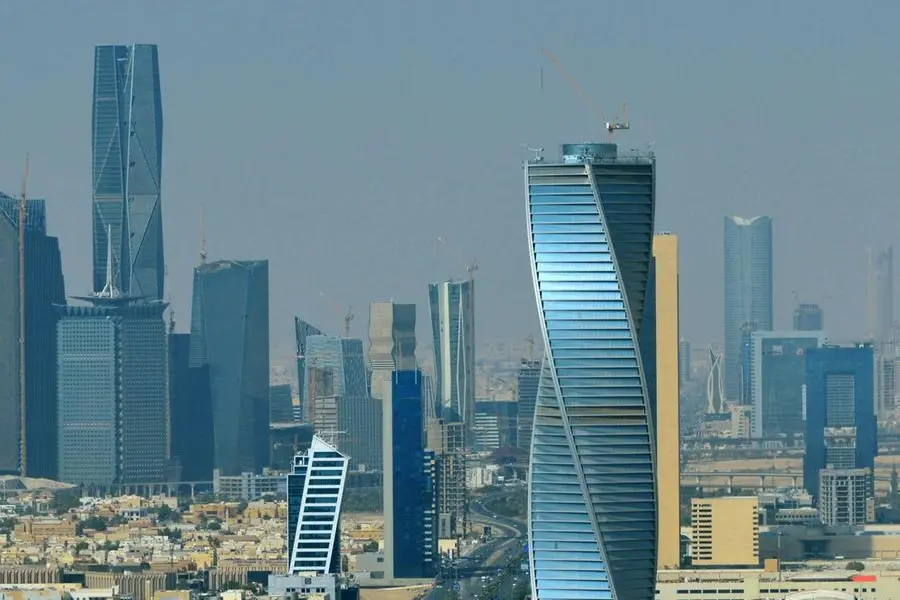As I write today, most markets are in the red, with a spike in risk aversion following the downgrade of US government debt by credit rating agency Fitch. Is it a game changer? Certainly not: S&P did the same a decade ago, and it doesn’t look irrational at all. But the market reaction, is another reason for us to think that unpredictability is the norm, for this year at least. As a consequence, we do not spend too much effort trying to make predictions, but we focus on positioning portfolios so that they can weather as many market situations as possible.
Now, let’s forget the current -3% drop of the early days of August. So far this year, unpredictability has actually been very kind with investors. While most Wall Street superstars were expecting US stocks to be pretty much flat, they are still up 18%, closely followed by most other developed markets. Emerging market equities are also clearly in the green, and Dubai’s DFM general index is up 20%. Stocks are not alone: in the first seven months of the year, all major asset classes are positive. The safest of them, money market funds, with absolute liquidity and quasi neglectable risk, returned almost 3%. Our own multi asset strategies are up respectively around +6%, +9% and +12%, which is, to be honest, better than our own expectations.
Are markets totally disconnected from the realities of a troubled world, running into the lethal combination of unsustainable debt and slowing activity? Or are we just crossing the end of the proverbial tunnel, recovering from the inflation shock, and entering an era of prosperity where central banks will become market-friendly again, and where artificial intelligence will turbocharge economies? Should we basically sell everything except money market funds and gold, or buy everything except money market funds and gold?
You already know where I’m going. But let’s give it a bit of context. 2023, which we called the “year of unpredictability” in January, is all about the relative trajectories of inflation and growth, with central banks’ action in the middle, especially in the West. The 2023 rally is the combination of two factors. First, a consensus has been building on a “soft landing” scenario in the West: moderating inflation, resilient activity. Second, and it shouldn’t be overlooked, a vast majority of investors were defensively positioned. Pessimism turned into hope, spurred by a stream of positive news on growth and inflation, some signs of inflexion in central banks’ tone, as well as by stimulus measures in China. The same Wall Street superstars unanimously revised their year-end targets higher (I’m not blaming them, we did the same), and the pressure on conservatively positioned investors became unbearable.
Of course, explaining the past is easier than predicting the future. The key point here is that the broad market view, either explicitly or implicitly, has morphed from pessimism to some degree of confidence: inflation has most probably peaked, global growth is not so bad, especially in the US with a solid job market, central banks are not far from pausing, and the Q2 earnings season so far beats expectations.
This sentiment change is not a strong signal. We remain perplex. While investors’ positioning and Western stock markets’ valuations limit the possibility of another parabolic rally in the coming months, they are not extreme enough to turn outright bearish. As both inflation and growth have defied all forecasters, including central banks, in the last 18 months, there is still a wide range of possible scenarios. Among them, one is a nightmare: a reacceleration of inflation. This would require more monetary tightening, pressure all asset classes, heighten financial threats, and annihilate risk appetite. We do not expect it - nobody does. The response to this low probability, high damage situation is to maintain a reasonable level of liquidity, and to be vigilant, ready to act. Now, assuming inflation continues to moderate, even slowly and erratically, the uncertainty is on growth. Our own consensual assumption is that activity will continue to slow in the West, and that the risk of a recession is material in 2024, but not necessarily a severe one. If we’re right, safe bonds would do well. Stocks won’t initially like it, but as always, once central banks turn friendly again, they would recover. Now, if we are wrong and growth is faster, equities will have all reasons to remain supported, especially where they are not too expensive while being exposed to the global cycle: emerging markets come to mind.
2023 is the year of unpredictability, which means perplexity when it comes to investment decisions. This is not that bad, it avoids speculation. We started the year by materially increasing our exposure to developed markets stocks, which did great. The reason is not that we predicted the rally; we didn’t. Being perplex, we simply reviewed our strategic asset allocations, feeding quantitative models with the updated parameters after the horrendous 2022, to build the best possible “scenario agnostic” portfolios. And we just implemented the results. Avoiding radical bets when conviction is low is as unspectacular at it is underrated. All you need is a robust asset allocation and a long-enough time horizon to allow fundamental factors to work. Our tactical positioning is now modestly defensive: we overweight money market funds for their multiple virtues, and both safe fonds and emerging market stocks to maximize diversification in the various growth scenarios. We underweight riskier bonds and most alternatives. Until we have a real conviction.





















